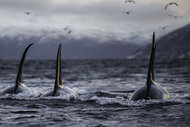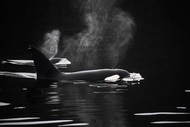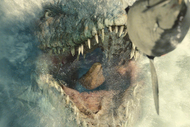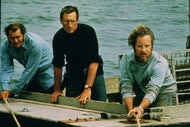Create a free profile to get unlimited access to exclusive videos, sweepstakes, and more!
Researchers say ancient sea creature had body of a whale, paws of an otter, and hooves for toes
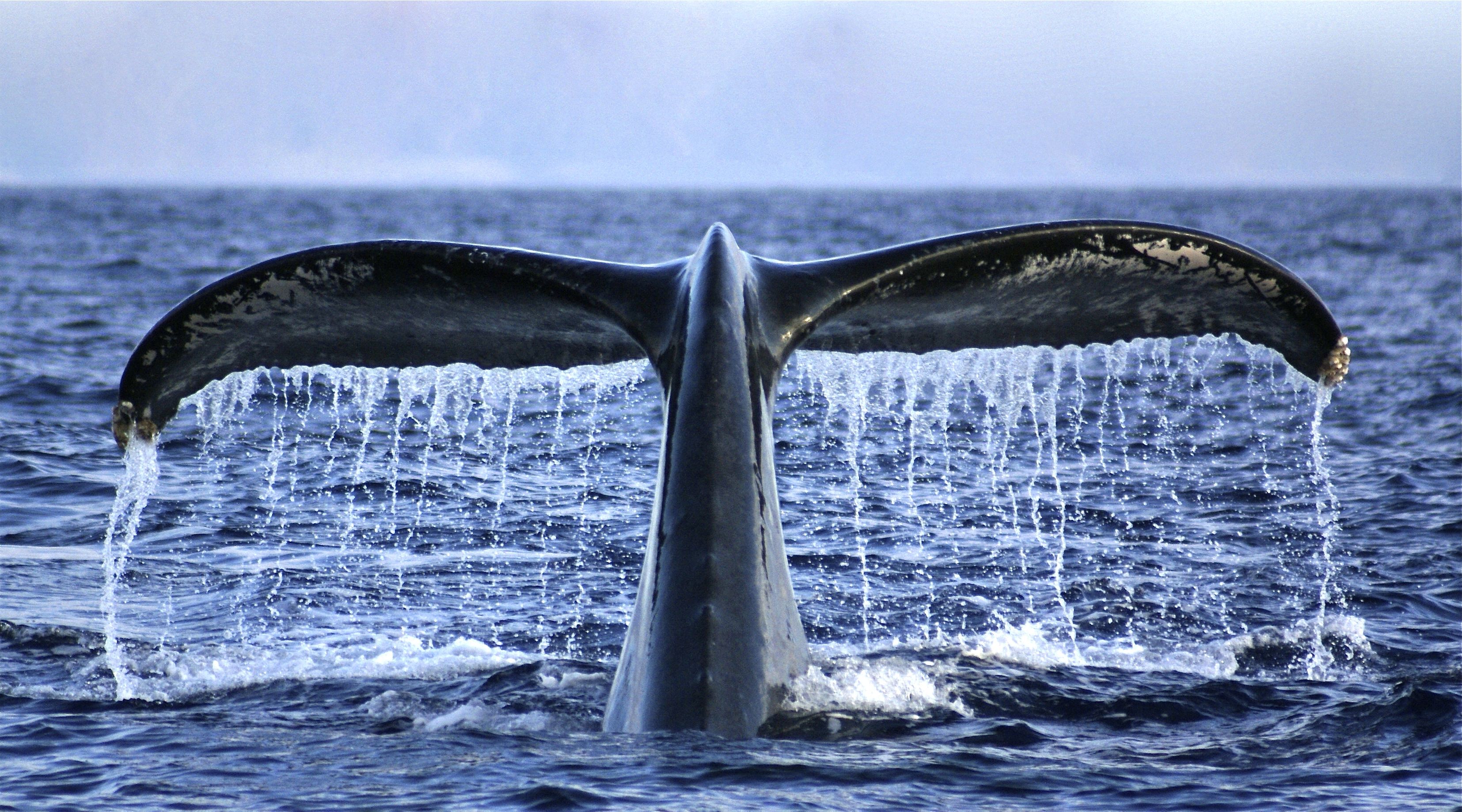
Like something born of a zoological collaboration between H.P Lovecraft and Dr. Frankenstein, a fossilized discovery south of the Equator has thrown a freaky wrinkle into researchers’ understanding of whale evolution and migration.
A strange hybrid-featured animal that appears to have been randomly assembled from a grab-bag bin of parts, the Peregocetus pacificus sea creature had a whale’s body — but it also had a tail, as well as four working legs with webbed feet that resemble those of an otter, tipped by hoof-like toes.
Researchers date the fossil at approximately 42.6 million years, placing it in the middle Eocene epoch, which ended about 34 million years ago. An artist’s rendering envisions the beast on both land and in the water — though we think it’s a pretty friendly-looking portrayal for a beast who can chase its prey anywhere with those powerful jaws:
Scientists believe the animal, whose fossilized remains were discovered in the coastal Peruvian desert, likely preferred land, but was fully capable of traversing long distances in the water. Its beaver-like tail and hind legs, they posit, helped it swim — perhaps all the way across the ocean — by undulating in much the same way that an otter swims by bobbing up and down.
Published in the Current Biology journal, the study also includes skeletal diagrams indicating that, while this creature might have been freaky-looking (check out those carnivorous teeth!), at least it was modest in size. Tip to tail, typical specimens likely would have measured between 9 and 14 feet.
The fossil offers new evidence that whales were in the western hemisphere, and evolving, far earlier than previously thought. The discovery marks “the first indisputable record of a quadrupedal whale skeleton for the whole Pacific Ocean, probably the oldest for the Americas and the most complete outside India and Pakistan,” team member Dr. Olivier Lambert told the British Natural History Museum.
While the finding has forced researchers to rethink how whales and their ancestors migrated across the prehistoric world, what really has us freaked out is the fact that there’s no escaping a sea beast that can follow you across the waves — and then keep the chase going on dry land.

